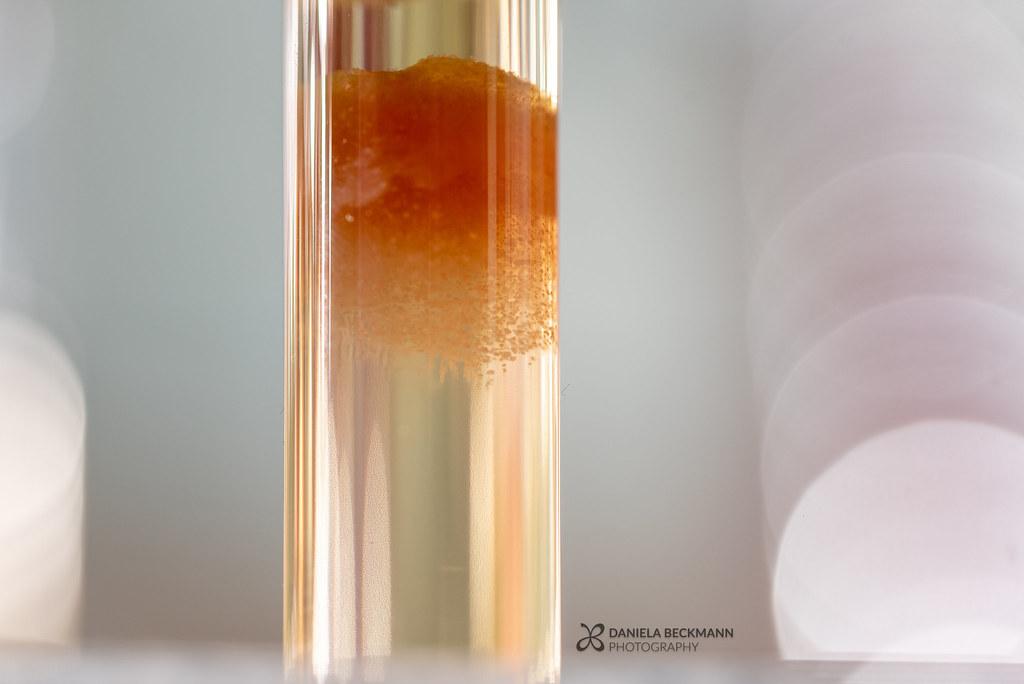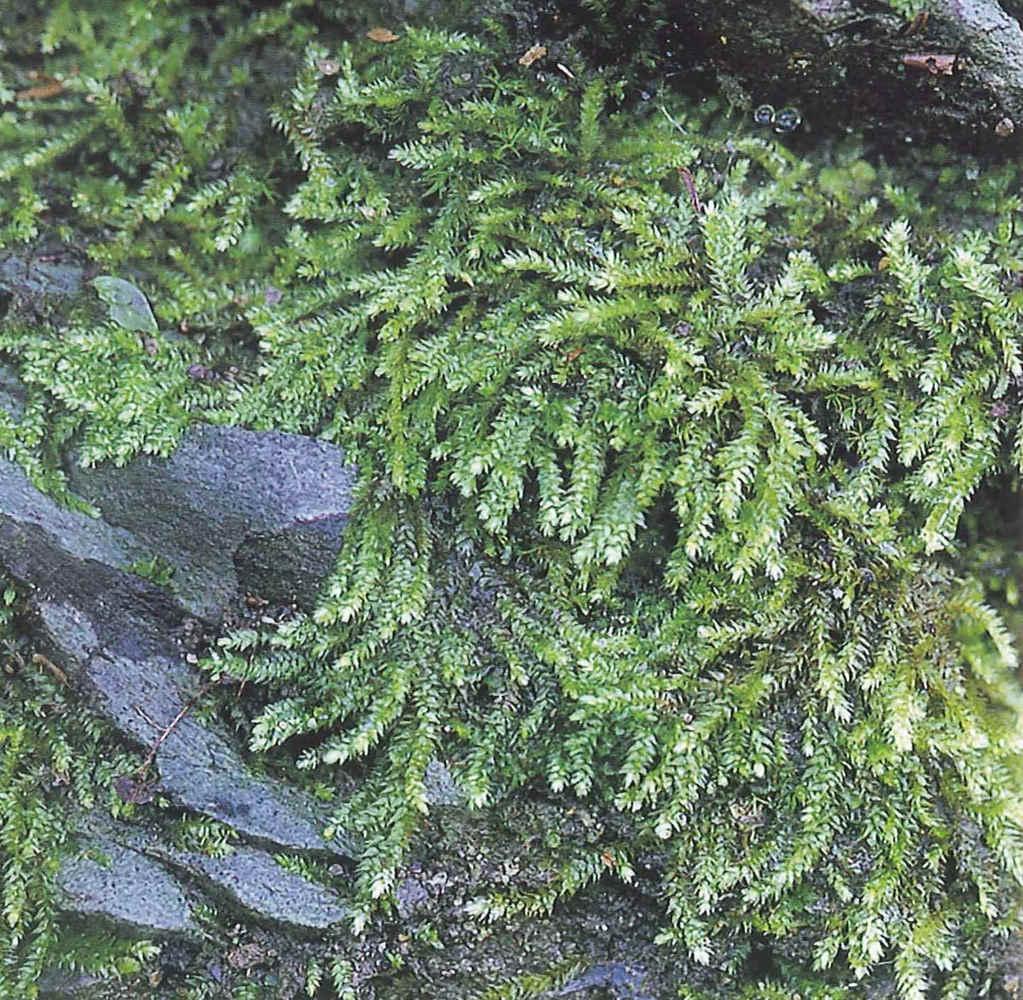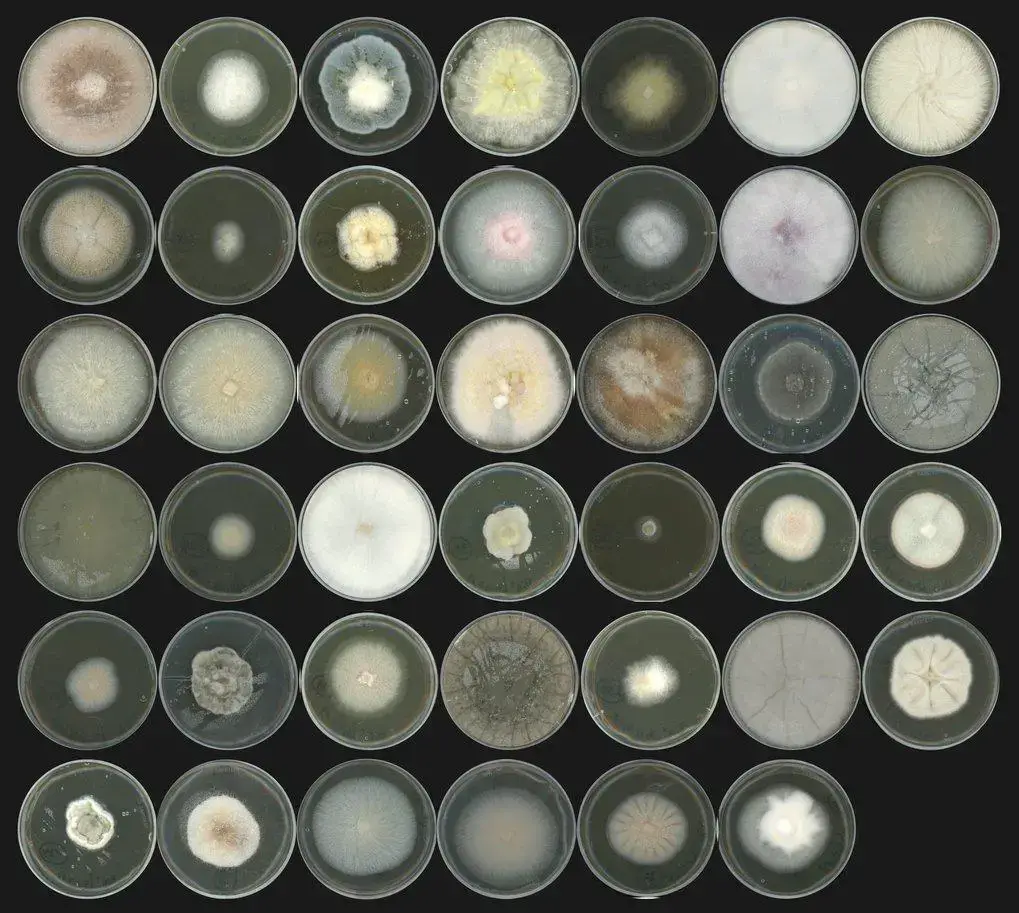
47028709962_c83afce444_b.jpg from: https://www.flickr.com/photos/_dane/47028709962/
Exploring the Fascinating World of Ectropothecium manii Broth. Moss

49d7ca4dfcc933bc051454b55dcadd6a.jpg from: https://taieol.tw/pages/8739
Introduction
Mosses are often overlooked, but they play crucial roles in ecosystems around the world. One particularly interesting species is Ectropothecium manii Broth., a moss in the Hypnaceae family. In this blog post, we’ll dive into the details of this fascinating plant, from its morphology to its ecological importance. Get ready to discover the hidden wonders of Ectropothecium!
Background
Ectropothecium manii Broth. is a species of moss belonging to the Hypnaceae family, which contains over 2,000 species worldwide. Mosses are non-vascular plants in the division Bryophyta and class Bryopsida. They lack true roots, stems, and leaves, instead having simple structures that perform similar functions. Mosses reproduce via spores rather than seeds and are found in a wide range of habitats.
Morphology and Identification
E. manii forms dense mats of green to yellowish-green, glossy plants. The stems are creeping to ascending, irregularly branched, and up to 5 cm long. Leaves are ovate-lanceolate, 1-2 mm long, and have a short double costa (midrib). The leaf margins are entire (smooth-edged) and the leaf cells are linear. Sporophytes (spore-producing structures) are common, with smooth setae (stalks) and inclined, asymmetric capsules.

original-1649080939.jpg from: https://www.mpipz.mpg.de/pr-hacquard-2021-12
Global Distribution and Habitat
This moss has a wide distribution, being found in tropical and subtropical regions of Asia, Africa, Australia, and the Pacific Islands. It grows on various substrates including soil, rocks, tree trunks and branches in moist forests and woodlands from lowlands to mountains. E. manii is particularly abundant in cloud forests and rainforests with high humidity.
Ecological Roles and Adaptations
Like other mosses, E. manii plays important ecological roles:
Nutrient cycling: Mosses trap and store nutrients, releasing them slowly over time. This helps maintain soil fertility.
Water retention: The dense mats of E. manii help absorb and retain water, reducing runoff and erosion. Mosses are like sponges in the ecosystem.
Microhabitats: The mats provide shelter and moisture for various small invertebrates and microorganisms, supporting biodiversity.
Carbon sequestration: As they photosynthesize, mosses take in CO2 from the atmosphere and convert it into biomass, helping mitigate climate change on a small scale.
E. manii has several adaptations that allow it to thrive:
Poikilohydry: Like all mosses, it can tolerate desiccation, suspending metabolic activity when water is scarce and rehydrating quickly when moisture returns.
Leaf structure: The small, densely packed leaves help trap and retain water droplets from fog and humid air.
Rhizoids: These root-like structures anchor the moss to its substrate and absorb water and nutrients.
Conclusion
Ectropothecium manii Broth. is a prime example of how even the smallest organisms can have big impacts. From its role in nutrient cycling to providing microhabitats, this mighty moss is an essential part of its ecosystems. Next time you see a patch of moss, take a closer look – you might just be gazing at an Ectropothecium mat! What other secrets do you think these ancient plants hold?